Share the post "Is Texas Safe To Live? (Crime, Weather + Animals and More)"
You’re considering moving to Texas, but is it safe to live there? You love BBQ, fried food, football, and rodeos. But moving is a massive decision, so let’s research before you sell your home to buy a ranch.
Texas has some incredible attractions but isn’t the safest place to live. It’s on the list of the most violent states. The state is prone to severe weather and has many deadly snakes, spiders, and other dangerous animals. However, it is a popular living place as people adjust to the lifestyle.
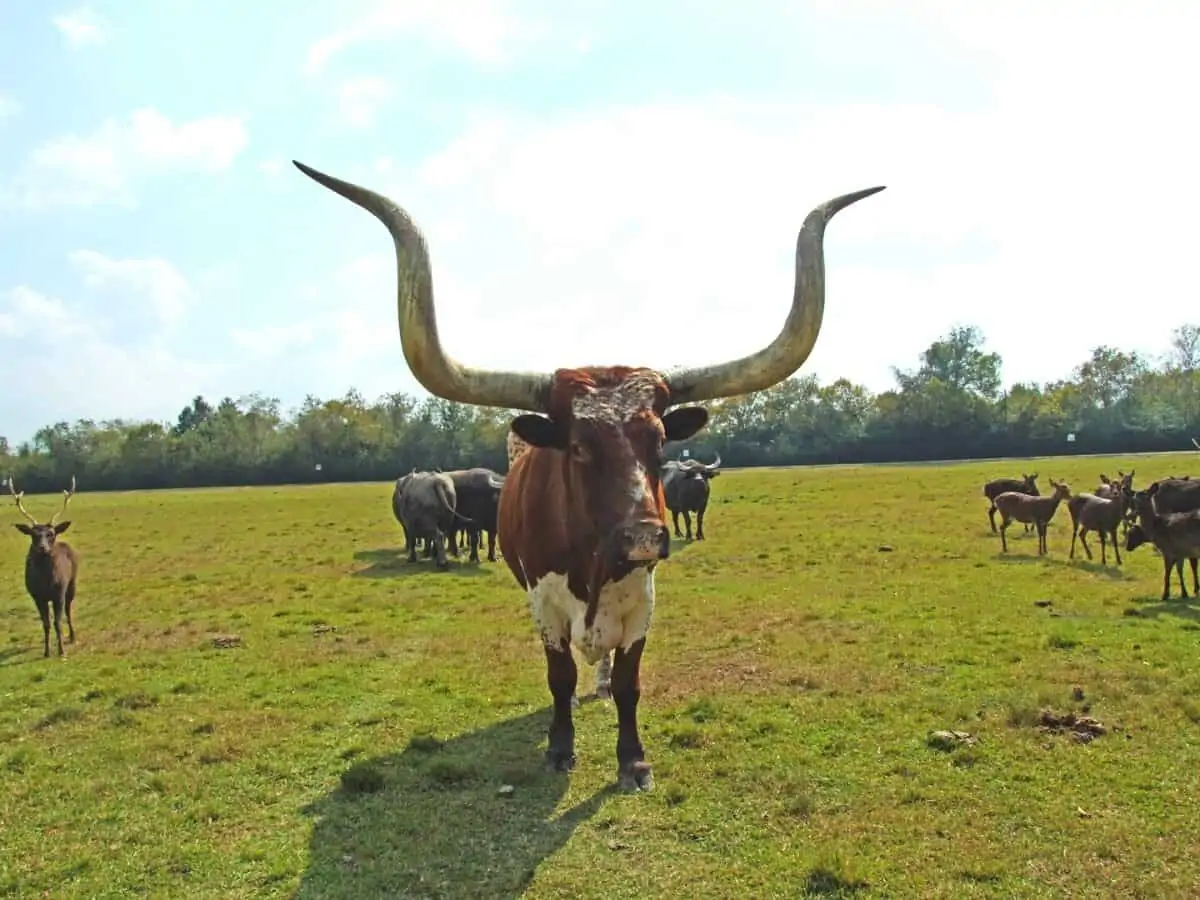
Is Texas A Safe Place To Live?
When looking for a safe place to live, factors like the crime rate, severe weather, and deadly creatures in the vicinity could play a part in the choice of location. Texas is the second-largest state in the US, with over 1,200 cities and towns of various sizes. The crime rates will vary depending on each area’s location, size, and poverty rates.
If severe weather is a concern when deciding where to live, it’s worth discovering which areas experience the fewest hurricanes, tornadoes, and floods. Remember that Texas forms part of the Tornado Alley and the Flash Flood Alley.
When it comes to dangerous animals, every city or town has its scary critters, and Texas is no exception with its selection of snakes, spiders, scorpions, and deadly sea life, to name a few.
So, let’s examine these factors more closely to see which can be overlooked to classify Texas as safe enough to live in and which are non-negotiable (e.g., some of us are not prepared to live with snakes).
Texas Compared with California and National Average
| Safety Metric | Texas | California | National Average |
|---|---|---|---|
| Violent Crime Rate (per 100,000) | 438.9 (2019) | 441.2 (2019) | 379.4 (2019) |
| Property Crime Rate (per 100,000) | 2,367.2 (2019) | 2,331.2 (2019) | 2,109.9 (2019) |
| Traffic Fatalities (per 100,000) | 12.7 (2018) | 9.1 (2018) | 11.2 (2018) |
| Natural Disaster Risk | High (hurricanes, tornadoes) | High (earthquakes, wildfires) | Varied |
| Air Quality Index | 46.4 (2020) Average | 57.4 (2020) Average | Varied |
| Water Quality | Varies; issues in urban areas | Varies; drought impacts | Varies |
| Obesity Rate | 34.8% (2019) | 25.0% (2019) | 30.9% (2019) |
| Diabetes Rate | 10.5% (2019) | 8.5% (2019) | 10.2% (2019) |
| Heart Disease Deaths (per 100,000) | 165.0 (2017) | 158.5 (2017) | 165.0 (2017) |
Sources:
- Crime Rates: FBI’s Uniform Crime Reporting (UCR) Program.
- Traffic Fatalities: National Highway Traffic Safety Administration (NHTSA).
- Air Quality Index: Environmental Protection Agency (EPA).
- Public Health Data: Centers for Disease Control and Prevention (CDC).
This table provides a snapshot comparison across various safety metrics. However, it’s important to delve deeper into each category for a comprehensive understanding, especially when considering regional variations within states. Refer to the respective federal and state agencies reports and databases for the most current statistics.
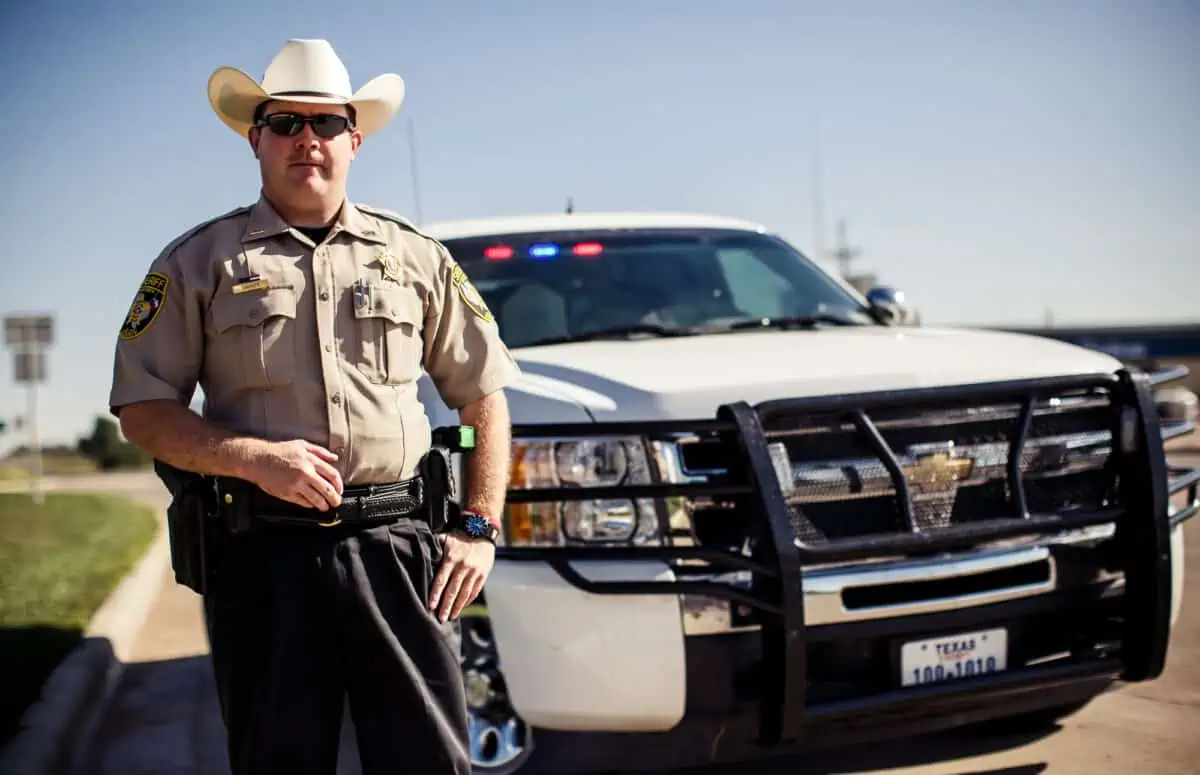
Texas Crime Rates
A business news website called 24/7 Wall Street listed the 15 most violent states using information from the FBI’s 2021 Uniform Crime Report. The website classified offenses into homicide, rape, aggravated assault, and robbery. Each state on the list topped the national rate of 334 violent crimes for every 100,000 people.
Texas had the most violent crimes, with more than 115,000, and ranked the highest in the homicide category, reaching almost 2000. Texas was eleventh among the 15 most dangerous states, with 391.1 crimes per 100,000 people.
- Texas: like many large states, Texas has a mix of areas with higher and lower crime rates. Major cities like Houston, Dallas, and San Antonio have higher rates of violent and property crimes compared to the national average, which is common in large urban areas. However, many suburban and rural areas in Texas have significantly lower crime rates.
- Comparison: When compared to other states, Texas generally falls in the middle to higher range in terms of crime rates, especially for violent crimes. States like Maine, Vermont, and New Hampshire typically report lower crime rates, while states like Alaska, New Mexico, and Louisiana often report higher rates.
Poverty Is A Cause Of Crime In Texas
The Lone Star State ranked ninth on the poverty rate list at 14.2%. According to the 24/7 Wall Street site, violent crime rates and poverty always correlate, and this report confirms the tendency.
Statistically, crime is also linked to unemployment, which causes poverty, and the poorer the area, the higher the crime rate tends to be.

Most Dangerous Cities In Texas
According to Home Security Shield, the ten most dangerous cities in Texas are:
- Bellmead
- Texarkana
- Lufkin
- Amarillo
- San Antonio
- Lubbock
- Houston
- Beaumont
- Humble
- Corpus Christi
Is The Crime Rate Due To Weak Border Control In Texas?
The crime rate has some deeper issues, though. The Texas Department of Public Safety released a report pointing at legal and illegal aliens committing a significant proportion of the state’s crimes.
The report shows that between June 2011 and June 2021, more than 344,000 foreign nationals spent time in Texan jails, and at least 235,000 of those were illegal aliens.
Do The Gun Laws Make Texas Unsafe?
That is a loaded question that could cause a violent debate. A 2015 study using FBI data showed that firearm assaults occurred 6.8 times more often in states with more guns.
Does The Crime Rate Make Texas Unsafe To Live?
Yes, the Texan crime rate ranks above the national average, but it’s not reasonable to tar all towns and cities in the state with the same brush. Bigger cities often have higher crime rates, with the most crime occurring in the poorer suburbs where unemployment is high. This is a universal concept.
If you have a choice in where to live, research and find the best area you can afford with the lowest crime rate. Crime is a fact of life in modern times, but if you learn to be vigilant and take the necessary precautions, you stand a better chance of living safely in Texas.

Public Health Concerns
Addressing public health concerns in Texas is essential for a comprehensive understanding of the state’s overall health landscape. Here’s an overview of key public health concerns:
- Air Quality:
- Like Houston and Dallas, urban areas in Texas often face air pollution challenges. Factors contributing to poor air quality include industrial emissions, vehicle exhaust, and occasional dust storms.
- Environmental agencies regularly monitor and report air quality indices, providing critical information for residents, especially those with respiratory issues.
- Water Quality:
- Water quality is a significant concern, particularly in areas affected by industrial activities or agricultural runoff.
- Texas has experienced challenges with water contamination, leading to increased monitoring and efforts to ensure safe drinking water across various communities.
- Prevalence of Diseases:
- Texas, like many large states, has diverse public health challenges. Common health concerns include heart disease, diabetes, and obesity.
- The state also monitors infectious diseases, such as influenza, West Nile virus, and, more recently, COVID-19.
- Health Issues in Certain Areas:
- Rural areas may face challenges with access to healthcare, leading to disparities in health outcomes compared to urban regions.
- Certain areas have higher prevalence rates of specific diseases due to environmental factors, lifestyle, and socio-economic conditions.
- Healthcare Infrastructure:
- Texas has a mix of world-class healthcare facilities, particularly in major cities and areas with limited access to healthcare services.
- Public health initiatives and community health programs are in place to address these disparities and improve access to healthcare.
- Environmental Factors:
- The state’s size and geographic diversity expose it to various environmental health concerns, including extreme weather events like hurricanes and heat waves, which can impact public health.
- Preventive Measures and Health Education:
- Texas health authorities conduct various programs to promote healthy lifestyles, disease prevention, and health education.
- These efforts include vaccination drives, public health advisories, and community health programs.
- Resources for Public Health Information:
- The Texas Department of State Health Services provides updates and information on public health concerns.
- Local health departments and community health organizations are also valuable resources for information and services.
Understanding these public health concerns is crucial for residents and policymakers to address and mitigate health risks in Texas effectively. This information also serves as an essential guide for individuals considering relocating to or visiting the state.
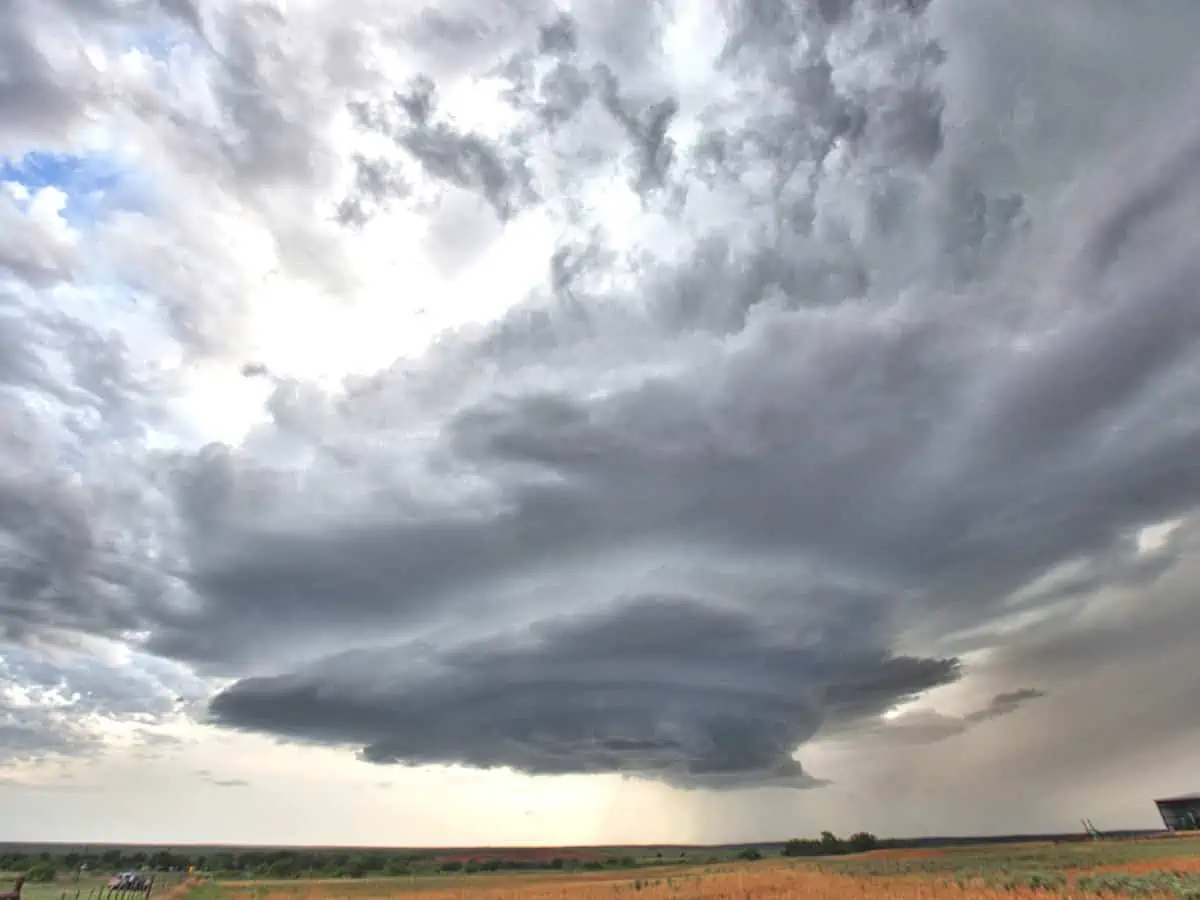
Weather and Natural Disasters
Texas weather can be severe, with the Lone Star state experiencing tornadoes, hurricanes, flooding, and extreme heat, which can all cause damage.
- Texas: Texas faces various natural disaster risks, including hurricanes along the Gulf Coast, tornadoes in the north and central regions, and droughts and wildfires in multiple parts. Its sizeable geographical size and diverse climate contribute to these risks.
- Comparison: Compared to other states, Texas has a higher risk for certain natural disasters like hurricanes and tornadoes. States like California face different risks (earthquakes, wildfires), while others like Ohio have lower risks of major natural disasters.
Tornadoes In Texas
Tornadoes hit Texas from April to June yearly, with Houston experiencing the most in the state. While they vary in severity and the amount of destruction they cause, most towns experience them at some stage. Texas averages 132 tornadoes per year.
Between 1950 and 2021, Houston endured 242 tornadoes. Plainview had the second most tornadoes during that period, numbering 132. The deadliest tornado that ever hit Texas was in Waco in 1953, which destroyed over 600 homes and killed 144 people. The leading cause of death in a tornado is flying debris.
While Texas experiences the most tornadoes in the US annually, most are weak and run out of energy after about 10 minutes.
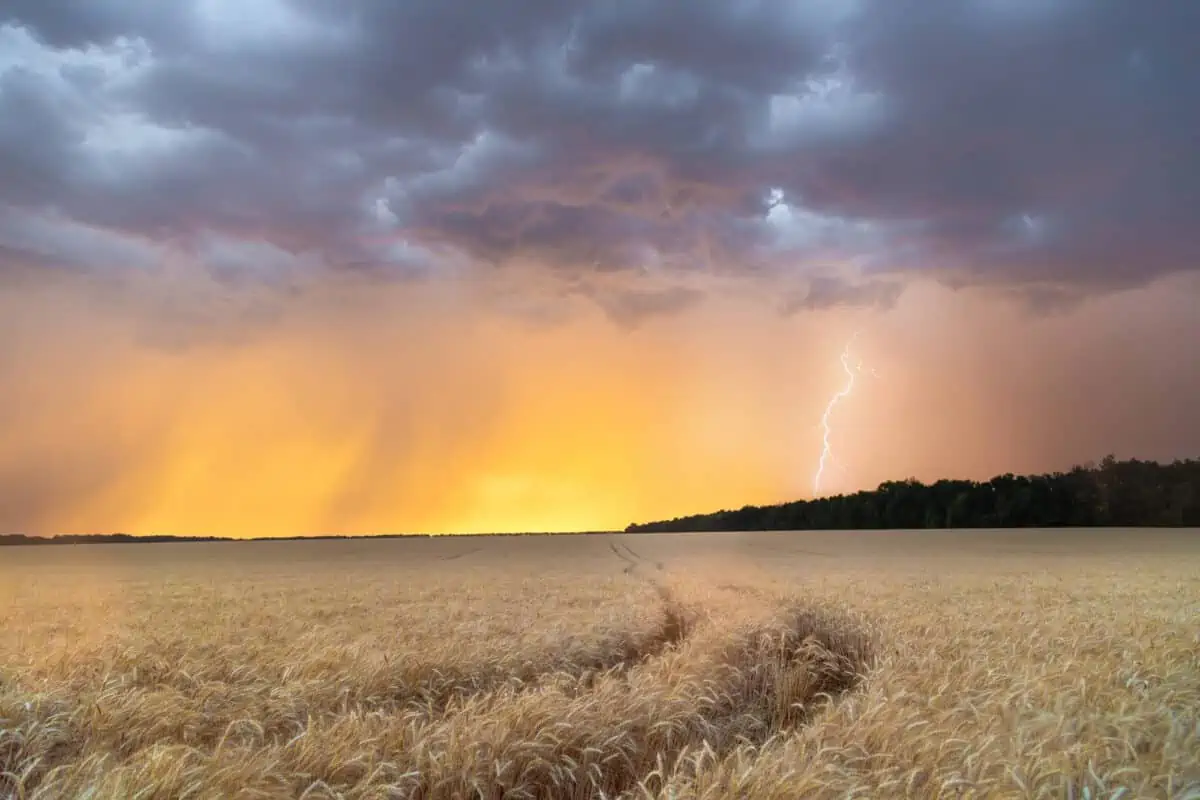
Hurricanes In Texas
Hurricanes are another feature of the state’s unpleasant weather features. They don’t occur as often as tornadoes, approximately every three years. Since 1851, Texas has experienced 66 hurricanes, with 26 ranking category three or higher. See below for the categories of all 66 Texan hurricanes:
- Category 1: 27
- Category 2: 13
- Category 3: 16
- Category 4: 10
- Category 5: 0
Some extreme hurricanes are listed in the table below:
| The Extreme | Area | Result |
| Costliest Hurricane | Harvey (2017) | $148.8 billion |
| Deadliest Hurricane | Galveston (1900) | Minimum 8000 deaths |
| Greatest Storm Surge | Galveston (1900) | 15-foot surge |
| Strongest Landfall Winds | Laura (2020), Indianola (1886), Freeport (1932) | Estimated 150 miles per hour |
| Strongest Winds Recorded | Allen (1980) | 190 mph while crossing Yucatan Channel |
| Lowest Pressure | Rita (2005) | Dropped to 895mb |
| Wettest | Harvey (2017) | Nederland 60.58″ of rain |
Texas Floods
“No place is safe from flooding. If it can rain, it can flood. And nowhere is that truer than Texas.”
Almost all major Texan cities are at the mercy of Gulf Coast hurricanes, and flash flooding is the primary cause of all weather-related fatalities. If they don’t fall into this category, they are probably in Flash Flood Alley, one of the most prone to flooding in the US.
People who want to relocate to Texas should know that flooding is high, and most homeowners insurance does not pay out for flood damage. Adding flood insurance to your cover is essential, as it can mean the difference between financial devastation and recovery after the flood.
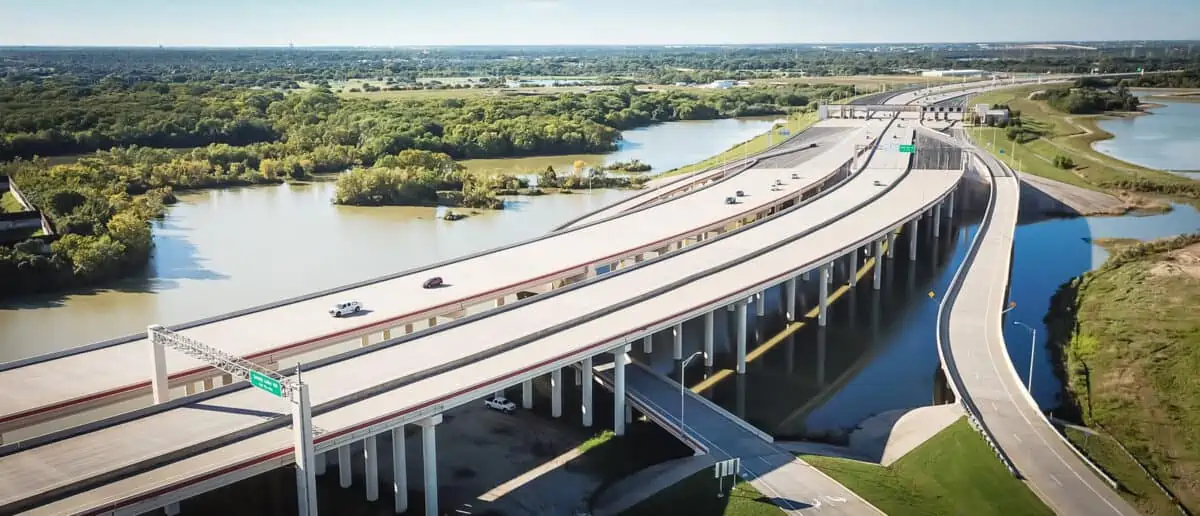
The Texas Sun
After discussing the life-threatening possibilities of hurricanes and tornadoes, the summer weather in the Lone Star state is a lesser threat. A typical Texan summer will have many days that exceed 100°F, and sunburn and heatstroke are harrowing consequences unless you learn to protect yourself with hats and sunblock.
Does The Weather Make Texas Unsafe?
The vulnerability to severe weather in Texas is a safety concern, but, as with any place, people adapt to the challenges and learn how to prepare for inclement weather. Wherever we go and whatever we face, it’s usually a case of sink or swim, especially during a flood.

Is It Safe To Live In Texas With Dangerous Creatures?
Texas is the second-largest US state, measuring 268 597 square miles. The vegetation and geography vary greatly, including deserts, mountains, grasslands, farms, ranches, and the long coastal section of the Gulf of Mexico. The world’s largest barrier island also belongs to Texas.
Texas has its share of creepy crawlies and other monsters that might be deal-breakers for some people wanting to move there. Let’s look at the critters that could threaten lives or sanity.
Venomous snakes
Texas has four types of venomous snakes. The first is the infamous rattlesnake, which comes in about seven varieties in Texas. The others are the cottonmouth (water moccasin), pit viper (copperhead), and coral snake.
Around half the bites of venomous snakes are “dry”; the venom doesn’t get injected into the victim. The annual death rate due to snake bites in Texas is 1-2 people. While we feel bad for them, it means that the chance of dying via a snake bit is meager in Texas.
Poisonous Spiders
Texas is home to 2 types of poisonous spiders: the black widow spider and the brown recluse. A bite from the black widow can lead to severe systemic reactions and, rarely, even death. Its venom is a neurotoxin 15 times as toxic as a prairie rattlesnake.
But only a tiny amount gets injected into its victim, lowering the damage risk. Those more at risk are the elderly and small children.
The brown recluse’s bite can cause systemic or local reactions because of the necrotizing enzymes in the venom. Though the victim can feel quite ill, death is highly improbable.

Sharks
The Texas coastline is home to bull and great white sharks that patrol the ocean. While shark attacks are rare, you can’t be too careful when relaxing in the waves on a hot, sunny day.
Other Dangerous Animals in Texas
Other dangerous Texan critters are alligators, deer, mountain lions, and coyotes. Coyotes sometimes attack house cats and other small animals, and alligators may also see your pets as a tasty snack if you walk them too close to the water.
The gators may get aggressive towards you if you provoke them, in which case you could lose the battle. How could deer possibly be dangerous? They cause many auto accidents by unexpectedly jumping in front of vehicles, especially around sunset. Texas has many dangerous deer!
Although there are many potentially harmful animals in Texas, the wildlife is hardly likely to cause your death, so from that perspective, you can consider Texas a safe place to live.

Traffic Accidents
Traffic accidents and road safety in Texas are crucial for a comprehensive understanding of safety in the state. Here’s a detailed overview:
Traffic Accidents and Road Safety in Texas
- Accident Statistics:
- Texas, due to its size and population, often records a high number of traffic accidents and fatalities annually.
- The Texas Department of Transportation (TxDOT) provides annual traffic accident data, including accidents, injuries, and fatalities.
- Major Causes of Accidents:
- Common causes include speeding, driving under the influence, distracted driving (e.g., using a cellphone), and failure to adhere to traffic rules.
- Weather conditions, especially in areas prone to sudden changes, can also contribute to accidents.
- Driving Conditions:
- Texas has diverse driving conditions, from busy urban highways to rural roads.
- The state experiences extreme weather conditions like heavy rain, hail, and, in some parts, ice and snow, affecting driving safety.
- Road Safety Measures:
- Texas has implemented various safety measures, including strict enforcement of DUI laws, speed limits, and seat belt use.
- The state has ongoing campaigns to educate drivers about safe driving practices.
- Accident-Prone Areas:
- Certain areas, particularly in large cities like Houston, Dallas, and San Antonio, are known for higher accident rates.
- TxDOT often identifies and publicizes high-risk areas to caution drivers.
- Emergency Response and Services:
- Texas has a robust emergency response system for traffic accidents, including police, fire services, and medical facilities.
- The availability of emergency services varies across regions, with more prompt services in urban areas.
- Safety Tips for Drivers:
- Stay informed about local driving laws and conditions.
- Avoid distractions and adhere to speed limits.
- Be extra cautious in bad weather and on unfamiliar roads.
- Resources and Information:
- TxDOT’s website and local DMV offices provide valuable information on road safety and driving conditions.
- For real-time updates, drivers can use apps and services that track traffic conditions and accident reports.
- Texas: Texas has one of the highest numbers of traffic accidents and fatalities in the U.S., partly due to its large population and extensive road network.
- Comparison: Compared to other states, Texas often ranks towards the higher end for traffic-related fatalities. States with lower populations and less congested roadways, like Vermont or Wyoming, tend to have fewer traffic fatalities.

Public Safety Measures
Public safety measures in Texas are a critical aspect of ensuring the well-being of its residents and visitors. The efforts and resources dedicated by local authorities and law enforcement agencies encompass a range of strategies and initiatives. Here is an overview of these measures:
- Texas: Public health concerns in Texas include higher rates of obesity and diabetes, issues with air and water quality in certain areas, and healthcare accessibility challenges.
- Comparison: Texas may have more significant health challenges when compared to states like Colorado or Massachusetts, which often rank high in public health metrics. However, it fares better than some states with more severe healthcare accessibility and quality issues.
Public Safety Measures in Texas
- Law Enforcement Agencies:
- Texas has multiple law enforcement agencies, including local police departments, county sheriff’s offices, and state-level agencies like the Texas Department of Public Safety.
- These agencies work collaboratively to ensure law enforcement, traffic regulation, and public safety across diverse communities.
- Community Policing Efforts:
- Many Texas cities and counties have adopted community policing strategies to build stronger relationships between law enforcement and the communities they serve.
- These efforts often include community outreach programs, public safety workshops, and neighborhood watch groups.
- Emergency Response Systems:
- Texas has robust emergency response systems, including 911 services for immediate emergency assistance.
- These systems are designed to mobilize police, fire, and emergency medical services quickly.
- Public Safety Campaigns:
- Regular public safety campaigns are conducted to raise awareness about various issues like drunk driving, seatbelt usage, and pedestrian safety.
- These campaigns often involve collaboration with schools, community groups, and businesses.
- Disaster Preparedness and Response:
- Texas, prone to natural disasters like hurricanes and tornadoes, has comprehensive disaster preparedness and response plans.
- The state and local governments conduct regular drills and provide resources and information to help residents prepare for and respond to emergencies.
- Traffic Safety Initiatives:
- Texas implements various initiatives to address traffic safety, like strict enforcement of speed limits, DUI checkpoints, and campaigns to discourage distracted driving.
- The state also invests in road safety improvements and signage to reduce accident risks.
- Crime Prevention Programs:
- Crime prevention and reduction are key focuses, with programs targeting drug offenses, gang activities, and other forms of crime.
- Efforts include neighborhood watch programs, youth outreach initiatives, and offender rehabilitation programs.
- Investment in Public Safety Infrastructure:
- Significant investments are made in public safety infrastructure, including police and fire stations, emergency communication systems, and public safety technology.
- Collaboration with Federal Agencies:
- Texas law enforcement collaborates with federal agencies like the FBI and Homeland Security for broader issues like counter-terrorism, cybercrime, and border security.
These public safety measures reflect a comprehensive approach to addressing safety concerns in Texas. The combination of law enforcement initiatives, community involvement, and emergency preparedness plays a crucial role in maintaining public safety and enhancing the quality of life for all residents and visitors in Texas.

Safety Contacts
Here are contacts and resources available for individuals concerned about safety in Texas or who wish to participate in public safety initiatives. Here’s a list of essential references and links:
State and Local Law Enforcement Agencies
- Texas Department of Public Safety (DPS)
- Website: Texas DPS
- Contact: (512) 424-2000
- Local Police Departments
- Most cities and towns in Texas have their police departments. Contact information can typically be found on the city’s official website.
- County Sheriff’s Offices
- Each county has a sheriff’s office responsible for law enforcement and public safety in unincorporated areas. Contact details can be found on the county’s official website.
Emergency Services
- Statewide Emergency Services
- For immediate emergencies: Dial 911
- Non-emergency contacts can be found on local government websites.
- Texas Division of Emergency Management (TDEM)
- Website: TDEM
- Contact: (512) 424-2208
Public Health and Safety
- Texas Department of State Health Services
- Website: Texas Health Services
- Contact: (888) 963-7111
- Local Health Departments
- Contact details for local health departments can be found on city or county websites.
Community Involvement and Neighborhood Watch Programs
- National Neighborhood Watch – Texas
- Website: Neighborhood Watch
- This site provides resources for starting or joining a neighborhood watch program in Texas.
- Community Policing Programs
- Contact your local police department for information on community policing and how to get involved.
Traffic Safety and Road Conditions
- Texas Department of Transportation (TxDOT)
- Website: TxDOT
- Road conditions and safety information: Dial 800-452-9292
Disaster Preparedness and Response
- American Red Cross – Texas Gulf Coast Region
- Website: Red Cross Texas Gulf
- Contact: (713) 526-8300
- Provides information on disaster preparedness and volunteer opportunities.
- Federal Emergency Management Agency (FEMA) – Region 6
- Website: FEMA Region 6
- Covers Texas and provides resources on emergency preparedness.
These contacts and resources are essential for anyone looking to enhance their knowledge about public safety in Texas, seek assistance, or get involved in community safety initiatives.
FAQs About Texas’ Safety
Which City Is The Safest In Texas?
Trophy Club has the lowest crime rate in Texas. Its violent crime rate is nearly non-existent, and the property crime rate is about 80% lower than the USA average. The poverty rate is low at 2.9%, and the average household income is $ 147,477 annually.
Have There Been Alligator Fatalities In Texas?
Yes, in 2015, in Orange, TX, Tommy Woodford swam with a woman at 2.30 am. They saw an alligator, and Tommy did not get out but taunted the gator, who grabbed him and pulled him under the water. Alligator attacks on humans are rare and seldom fatal.
References:
- 235 000 illegal aliens in Texan jails: https://www.heritage.org
- Deer cause auto accidents: www.youtube.com
- Flash floods are the primary cause of weather-related fatalities: www.txdot.gov
- No place is safe from flooding quote: fema.gov
- Extreme hurricanes: https://www.kxan.com
Share the post "Is Texas Safe To Live? (Crime, Weather + Animals and More)"
Christian Linden is a seasoned writer and contributor at Texas View, specializing in topics that resonate with the Texan community. With over a decade of experience in journalism, Christian brings a wealth of knowledge in local politics, culture, and lifestyle. He holds a Bachelor's degree in Communications from the University of Texas. When he's not writing, Christian enjoys spending weekends traveling across Texas with his family, exploring everything from bustling cities to serene landscapes.











